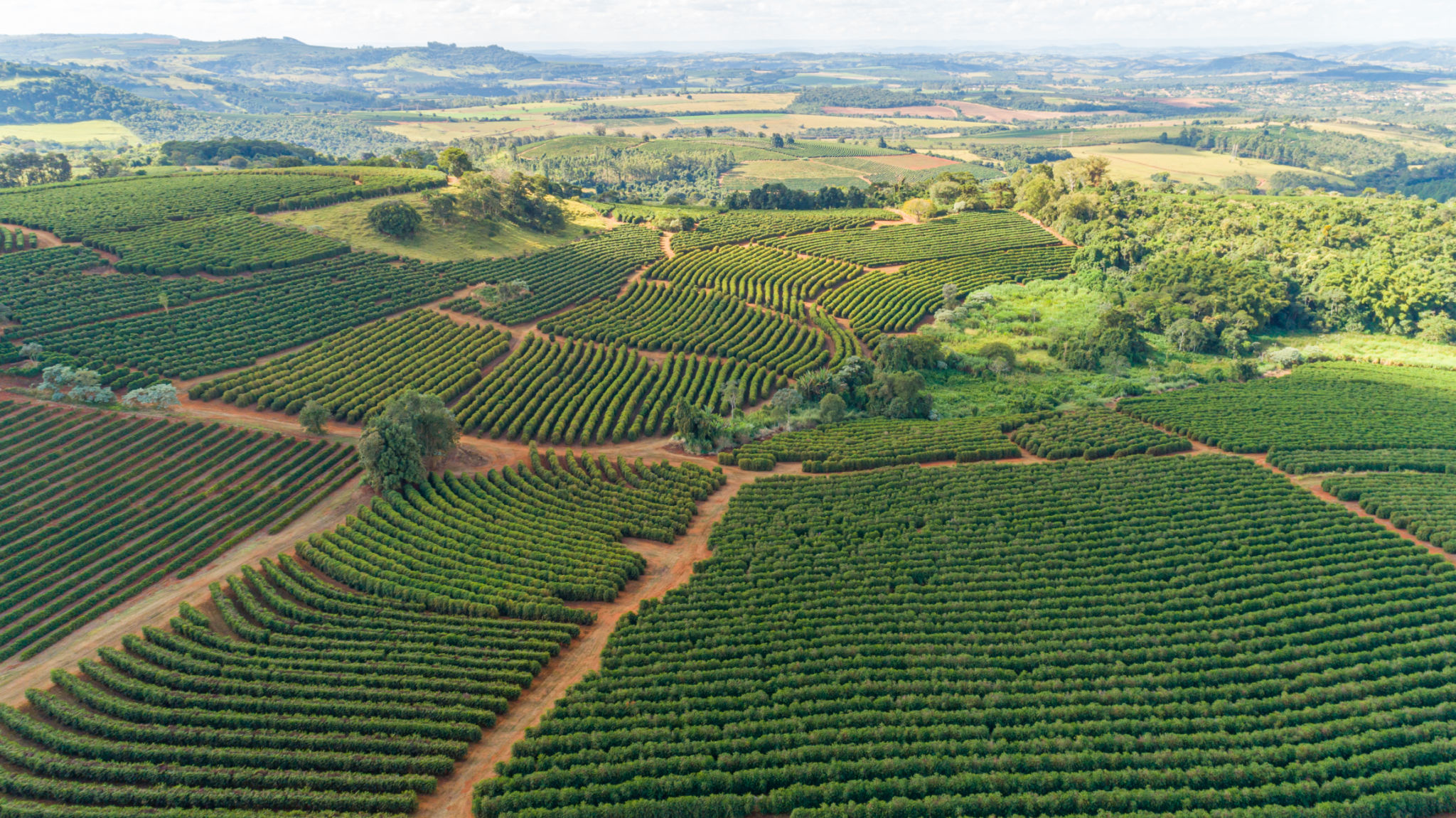Exploring the Impact of Seasonal Changes on Brazilian Fruit Exports
Understanding Brazil's Fruit Export Industry
Brazil is renowned for its diverse agricultural landscape, which supports a thriving fruit export industry. As one of the world's leading exporters, Brazil ships a wide variety of fruits to global markets. However, this industry is significantly influenced by seasonal changes, which can affect both the quality and quantity of produce available for export.

The Role of Climate in Fruit Production
The Brazilian climate varies greatly across the country, with regional differences that contribute to the diverse fruit cultivation. Regions like the Northeast enjoy a tropical climate, while the South experiences a more temperate weather pattern. These climatic variations dictate the growing seasons for different fruits, impacting the availability and price of exports.
Major Fruits Affected by Seasons
Certain fruits are more affected by seasonal changes than others. Mangoes, for example, have a peak harvest season from August to December, which aligns with international demand during the holiday season. Meanwhile, papayas are available year-round but see a quality increase during the dry season. Understanding these cycles is crucial for optimizing export strategies.
Challenges Faced During Seasonal Transitions
Seasonal transitions pose various challenges for Brazilian fruit exporters. Unpredictable weather patterns, such as unexpected rainfall or droughts, can disrupt the growth and harvesting processes. These disruptions often lead to fluctuations in supply, making it difficult to maintain consistent export levels.

Impact on Export Prices
The fluctuations in supply due to seasonal changes directly impact export prices. When there is an abundance of a particular fruit, prices tend to drop, benefiting international buyers but potentially reducing profits for farmers. Conversely, when there is a shortage, prices can rise sharply, affecting market competitiveness.
Strategies to Mitigate Seasonal Impacts
To counteract the effects of seasonal changes, Brazilian exporters employ several strategies. These include diversifying crop locations to take advantage of different regional climates and investing in technology to improve yield predictability. Additionally, partnerships with international markets help stabilize demand and prices.
Innovations and Technological Advancements
Recent advancements in agricultural technology have provided Brazilian farmers with tools to better manage the impacts of seasonal changes. Precision agriculture techniques, such as climate monitoring and soil health analysis, enable farmers to optimize growing conditions and enhance fruit quality consistently.

The Future of Brazilian Fruit Exports
Looking forward, the Brazilian fruit export industry is poised for growth, with an increasing focus on sustainable practices and organic farming. As global demand for tropical fruits continues to rise, Brazil's ability to adapt to seasonal changes will play a critical role in maintaining its position as a leading exporter.
By leveraging innovation and adapting to climatic challenges, Brazil can ensure the continued success and expansion of its fruit export sector. This adaptability will be key in meeting international demand while supporting local economies and preserving the country's rich biodiversity.